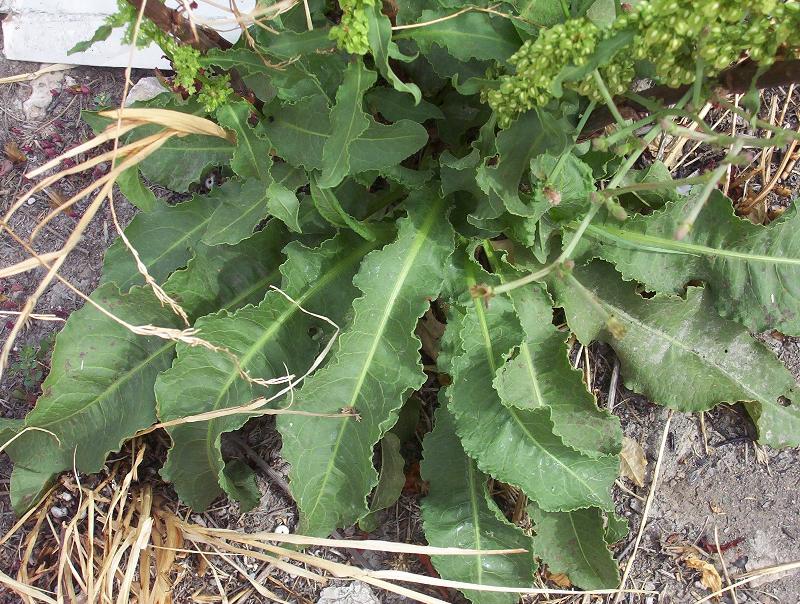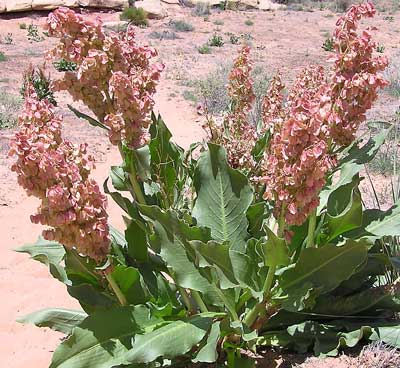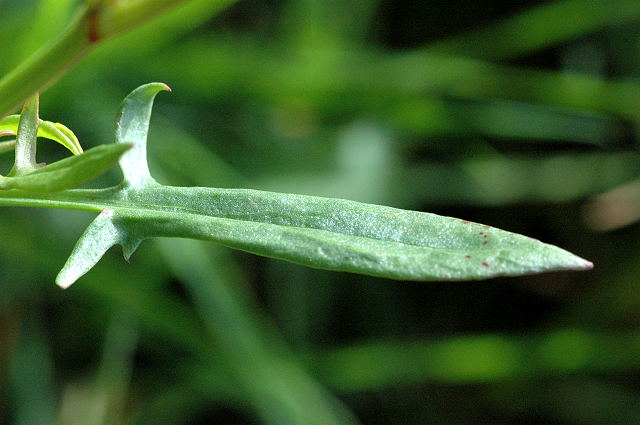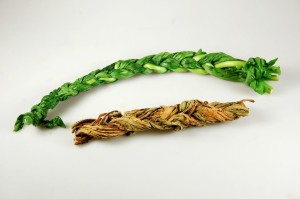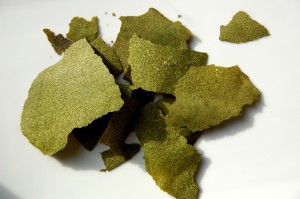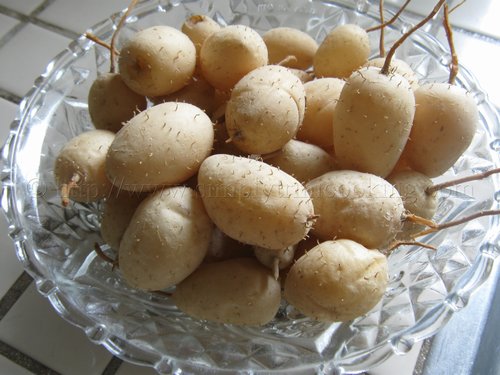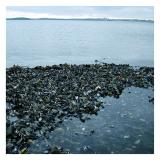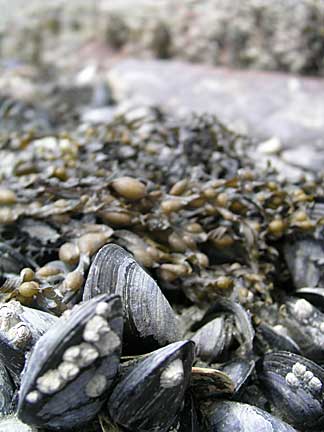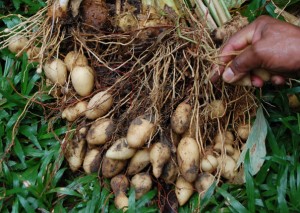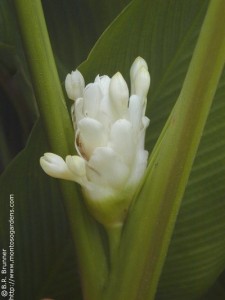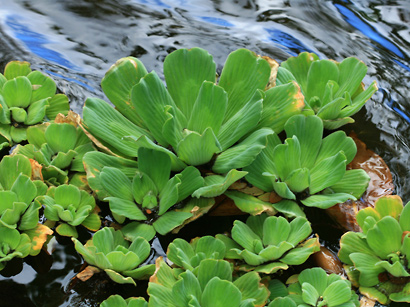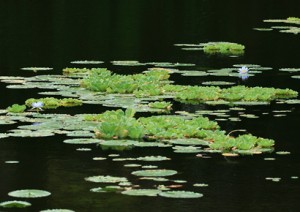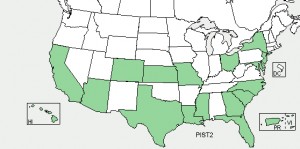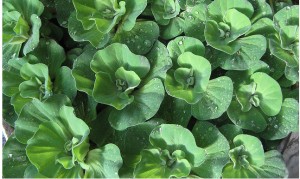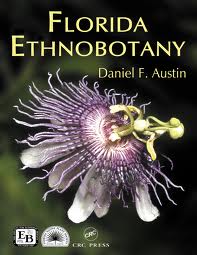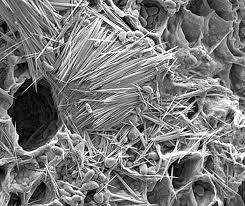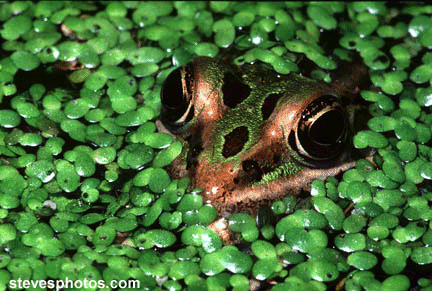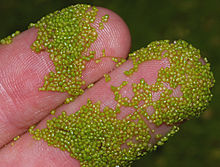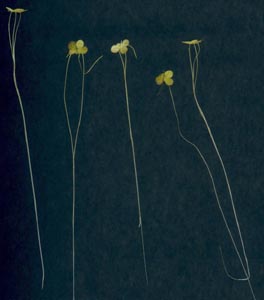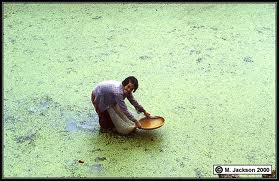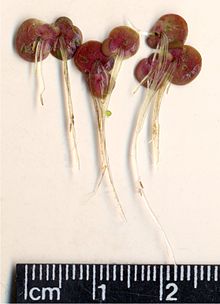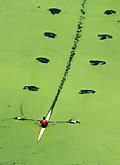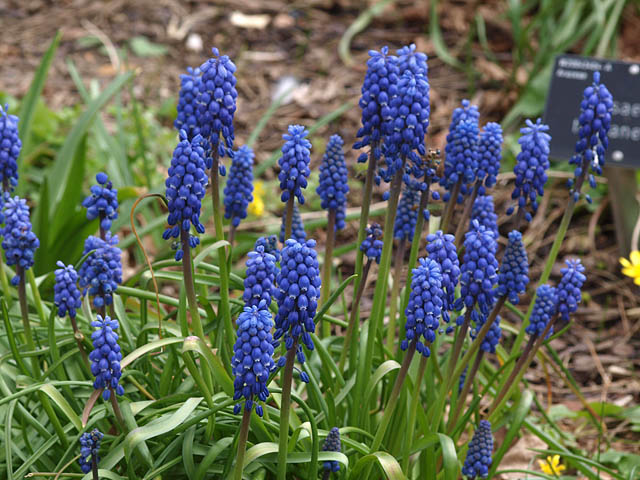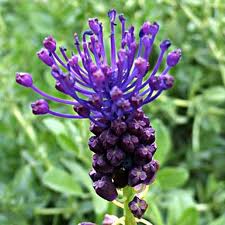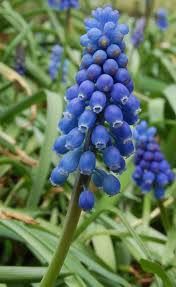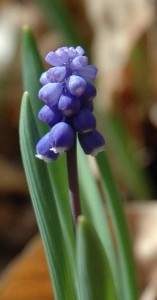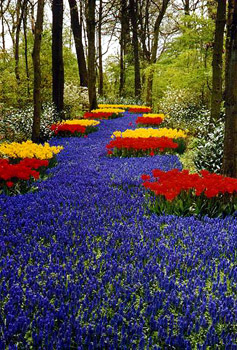Mainer Merritt Fernald, who was the Harvard wunderkind of botany from around 1900 to 1950, said all of the 17 native Rumex species in North America were edible. He completely failed to mention most of them are so bitter it would take days of boiling to make them palatable, if ever.
Gastronomically there is a great divide in the Rumex family. Most are bitter, a few are tart. Those used for their bitter leaves alone include: Rumex arifolius, Rumex conglomeratus, Rumex crispus, Rumex hymenosepalus, Rumex mexicanus, Rumex occidentalis, Rumex salicifolius, Rumex venosus, Rumex violascens and Rumex patientia (the latter is cultivated in Europe and used like spinach.) Used for their leaves and seeds are: Rumex rispus, Rumex obtusifolius (also called Butter Dock because it was used to wrap butter) Rumex patientia, Rumex pulcher, and Rumex sanguineus. Eaten for their tart flavor are: Rumex acetosa, Rumex acetosella, Rumex aquaticus var. fenestratus, Rumex articus, Rumex paucifolius, Rumex rugosus, Rumex sagittatus, Rumex vesicarius, and Rumex scutatus. The latter is too acidic to eat but is used for flavoring. It has one cultivar called the Silver Shield. Rumex maritimus seeds can be made into mush, no ethnobotanical mention of the leaves. A couple of species split the difference, Rumex alpinus, whose stalks are used like rhubarb, and the previously mentioned Rumex hymenosepalus, also called Canaigre.
Canaigre is a large plant. Its stems and petioles were eaten by Native Americans like rhubarb (after much boiling.) They were made into pies and compotes. The boiled leaves are rated as an excellent green once rid of their bitterness. The roots are not edible but are 35% tannin, a good source of that material. The root was also used for mustardy to brown dye. Several attempts have been made to make Canaigre a commercial crop but never succeeded.
The bitter Rumexes, or docks, have many medicinal application, from increasing red blood cell count to external use on wounds. Rumex juice is supposed to be good for stinging nettles bites but has not worked on me. The application I am most familiar with is using the long leaves of the Swamp Dock, Rumex verticillatus, as astringent bandages. Here in wet Florida the Swamp Dock — the only native — is the species spied most often except in winter or early spring. That’s when two versions of Sheep Sorrels sprout up , the previous Rumex acetosella, also known as Garden Sorrel, (upper leaves embrace the four-sided stem) and the larger Rumex hastatulus, called Wild Sorrel (the latter lacks rhizomes, produces marge masses of red flowers, and only reproduces by seed.) They are both tart and wonderful trail side nibbles. They can also be used in salads and or made into tart… tartlets. There are at least six cultivars of the Rumex acetosa: Belleville, Blonde de Lyon, Larghe Foglie Bionde, Low Oxalic Acid, Nobel and Profusion.
Many of the docks leaves have curly edges, the Curly Dock (Rumex crispus) being a notable example as well as the Canaigre. Such plants often grow in dry areas and are called self-irrigating. The leaf’s curls capture rain, mist and dew channeling the water towards the central leaf vein then down towards the root.
The seeds of several docks can be harvested, cooked and eaten but they are not high on the foraging list, nor are the roots which are never eaten. However Euell Gibbons, the original Eat-A-Pine-Tree guy, had a use for the roots. In Stalking the Wild Asparagus after discussing forcing greens in the winter from dandelion roots he writes:
“… take the front out of the box you are using, and lay the roots in tiers with the crowns facing the open side, sprinkling soil between the layers of roots. This will form a stack with a backward sloping top and a rounded face which will bear the colorful leaves. Cover the roots well with soil, and leave outside until after a hard freeze. A few weeks after being brought into the warmth, these roots will begin to produce pale, translucent, curled leaves of all colors. Snip and wash these vegetables rainbows carefully to prevent bruising. Tastefully arranged on top of a salad they make a dish that looks almost too pretty to eat.”
Worldwide there are 190 to 200 Rumex, all in the Buckwheat family. Several are food for butterflies. There are rumblings among botanists to move the tart Rumex into their own and different genus. Don’t hold your breath. Rumex comes from rumo, which is Dead Latin to suck, referring to the practice among Romans of sucking on the leaves to ease thirst. Modern Greeks call Rumex Lapatho. And now a new twist and an old recipe.
Fermenting Dock, by Pascal
I think I’m making some interesting new culinary discoveries with our humble Curly Dock. I bought this “Aveluk” from our local Middle Eastern store and it is a traditional Armenian dish. They basically sell dehydrated dock leaves which they
use to make soup. BUT…a simple dehydration does not really work, my own “avaluk” was still green after dehydration and did not taste the same. I think I know what the difference is. By making large strands and leave them hanging for a while, there is a fermentation going on before full dehydration giving it a special flavor. So with my next strands, I’ll just leave them hanging in the kitchen until dry. I did a quick test and I got the smell of cabbage after 3 days. Interesting… it’s all about details…
From Food Planet
Ingredients:
1 "tail" of aveluk,
1 garlic clove,
1 bunch of each: parsley, coriander, basil,
2 teaspoon white vinegar,
1 tablespoon of minced walnuts,
1 onion,
2 tablespoons of vegetable oil,
salt, pepper.
Soak aveluk for 1 day in cold water, then boil it in salted water for 10 minutes, take out of water, let water flow down.
Fry onion with vegetable oil, then add aveluk, fry for 5 more minutes. Cool this mixture, lay out on the plate, add vinegar, green, garlic, salt, pepper, thoroughly mix, garnish with walnuts.
Also by Pascal, curly dock nori

